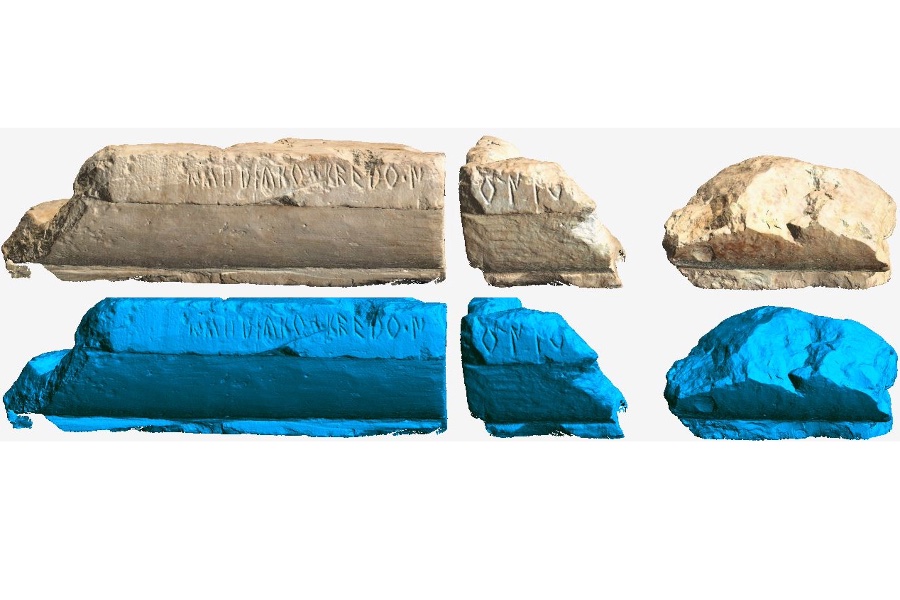The University of Warwick is collaborating with Ca’ Foscari University of Venice to analyse Roman artefacts in a history project which could change the face of museums for the 21st century.
Warwick is working with historians at Ca’ Foscari to scan and analyse artefacts from ancient Roman and pre-Roman Venice, including in 3D and VR forms.
Researchers hope that these artefacts, scanned into 3D and virtual reality (VR), could revolutionise how people experience historical items, including in museums.
Rather than studying items in glass cases, artefacts could instead be scanned and produced using 3D printing or VR technology so visitors can hold and experience history in a whole new way.
This is especially vital when the items themselves are fragile or extremely old, meaning the originals can’t be held or examined by the public.
Professor Mark Williams, head of the Centre for imaging, Metrology and Additive Technology (CiMAT) at WMG commented:
This is an excellent example of universities working together, including across the arts and sciences. This scanning technology has truly exciting possibilities, including for the future of historical learning and we were delighted to be able to assist our Venetian colleagues in bringing a small section of their history to life.
Mark Williams, Professor
The collaboration between Warwick and Ca’ Foscari is focused on over 30 items related to religion from the Roman settlement of Altinum – the ancestor of the city of Venice.
Altinum is larger than Pompeii but remains mostly unexcavated, with researchers suggesting a trove of artefacts may be there waiting to be discovered.
The items themselves are from the Roman period and before, including from the Venetii natives who were assimilated into the Roman Empire over centuries.
The artefacts are being analysed by historians at Ca’ Foscari, with engineers at Warwick using cutting edge imaging technology to scan the items in incredibly high definition.
This helps historians read writing from the period and is especially vital when some artefacts have been damaged or are fragmented.
Academics at Warwick and Ca’ Foscari will present their findings at a conference in Venice on Friday 24th November, highlighting the potential of the combined arts knowledge of Ca ‘Foscari and the technology of WMG.
Associate Professor Lorenzo Calvelli, a historian at Ca’ Foscari university said:
These artefacts represent the very beginnings of Venice from over two millennia ago, and we are very pleased to be able to bring this history to a wider audience, both here in Italy and in the UK. It has been excellent to meet and collaborate with colleagues from Warwick, and I am very excited about our future plans to dive deeper into the treasure trove of artifacts that is waiting for us in Altinum.
Lorenzo Calvelli, historian at Ca’ Foscari university
Altinum developed over the course of the Roman Empire into a booming trading hub, particularly know for valuable amber and horses which were prized across Europe. Eventually, refugees from Altinum are believed to have contributed to the founding of Venice in the wake of the fall of the Roman Empire.



